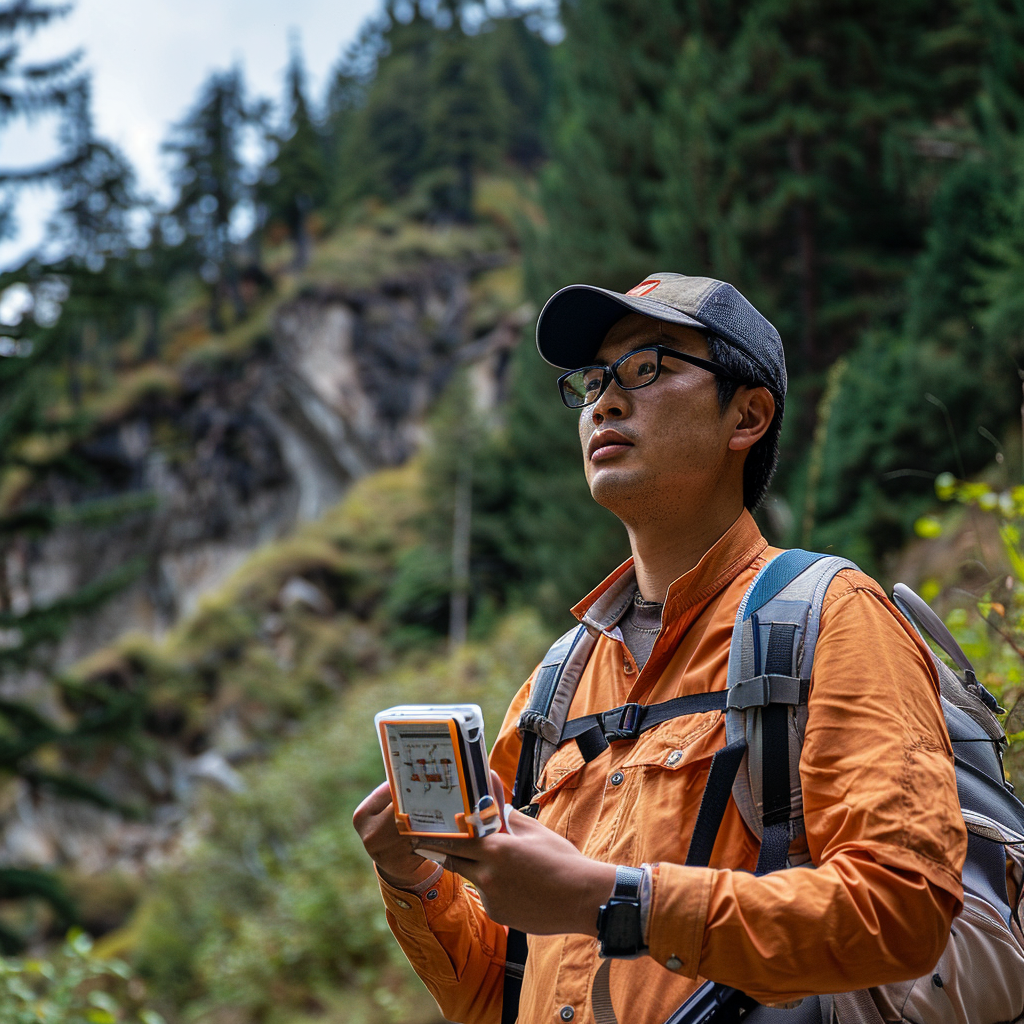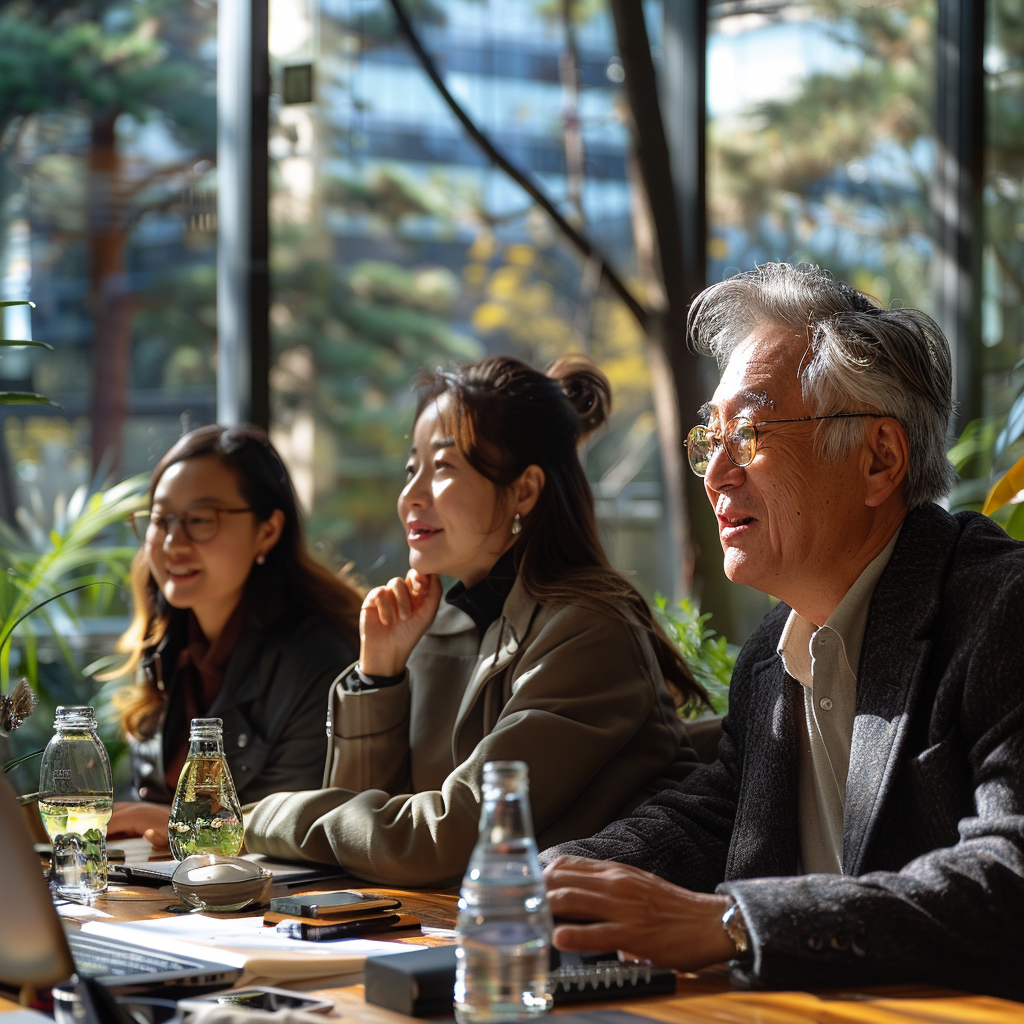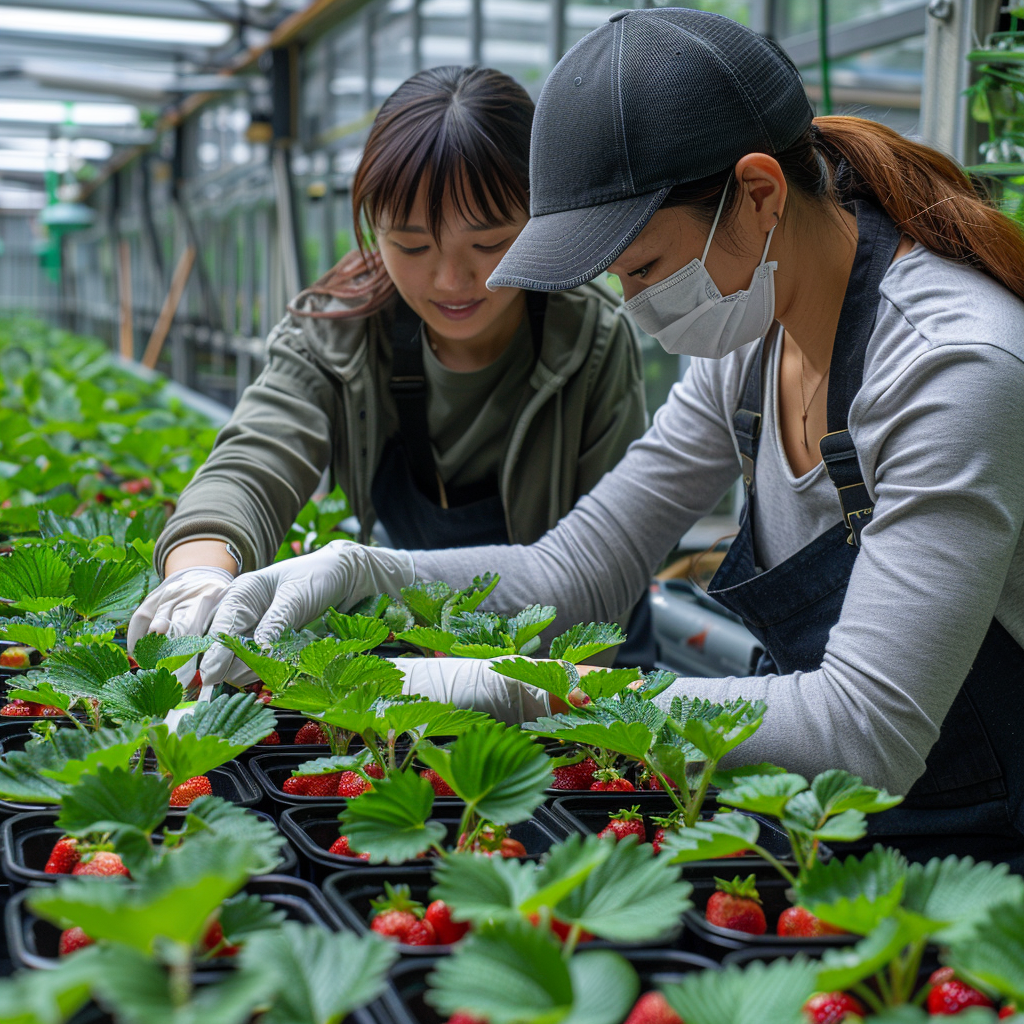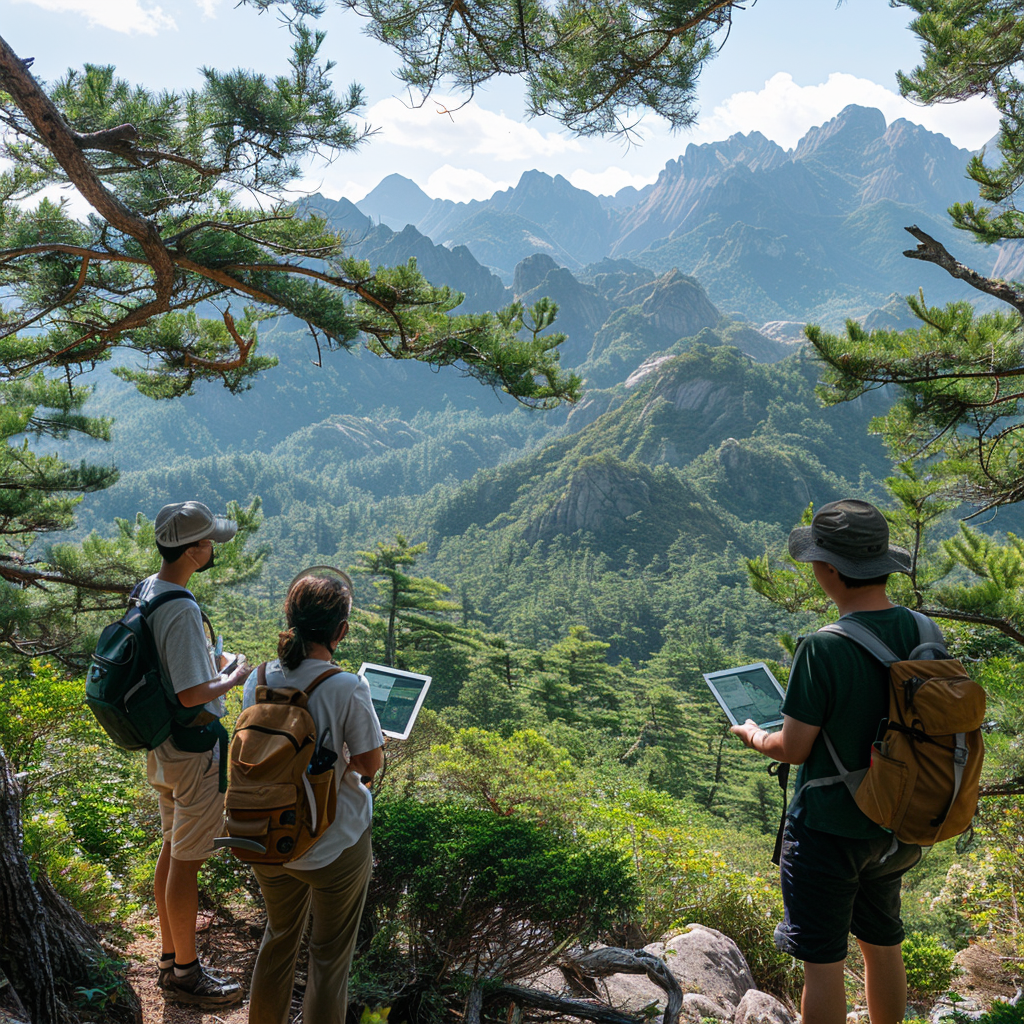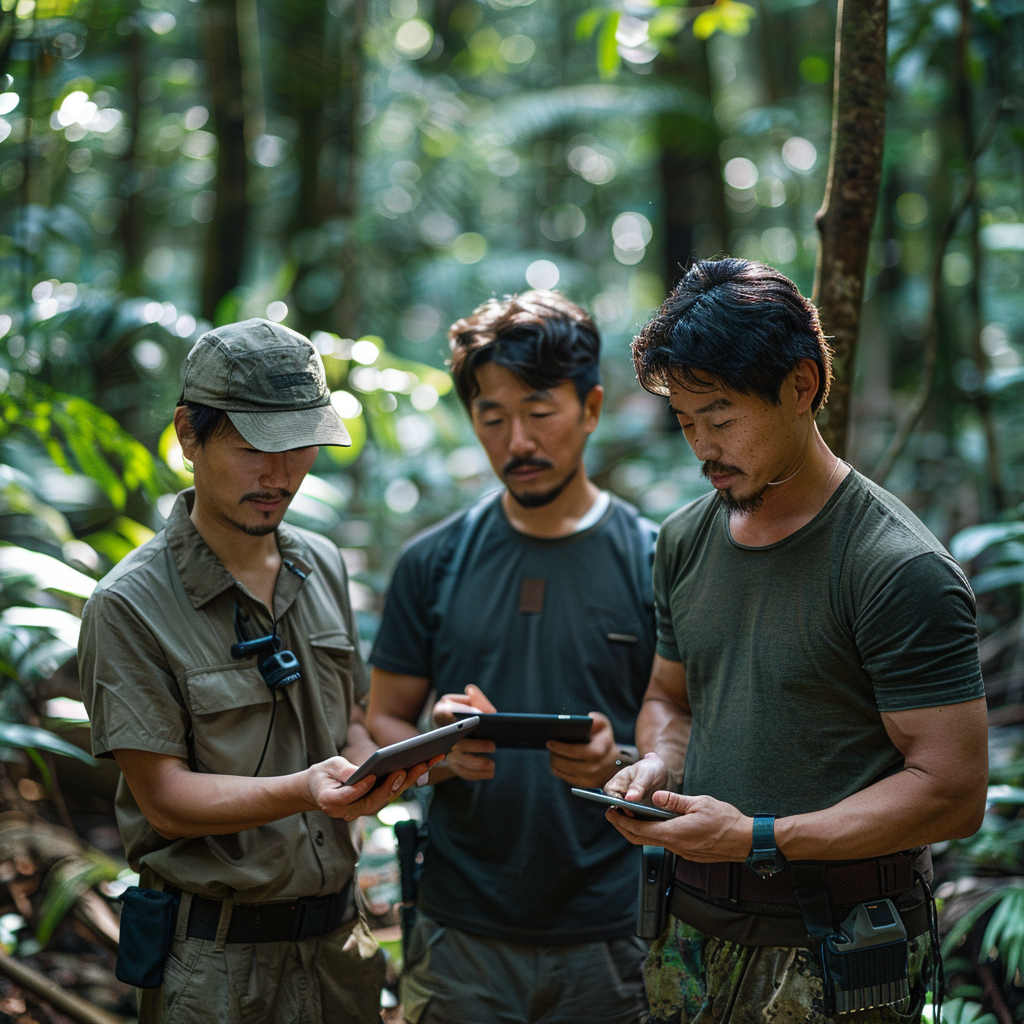发布:2025-04-18 浏览:0
自然保护区作为地球生态系统的重要屏障,承载着保护生物多样性、维护生态平衡的关键使命。科学合理的自然保护区规划,是确保其功能有效发挥、实现长期可持续发展的核心。在规划过程中,需要从多个维度审慎考量,将生态保护需求与社会发展需求有机结合,构建起人与自然和谐共生的发展格局。
As an important barrier of the Earth's ecosystem, nature reserves carry the key mission of protecting biodiversity and maintaining ecological balance. Scientific and rational planning of nature reserves is the core to ensure their effective functioning and achieve long-term sustainable development. In the planning process, it is necessary to carefully consider from multiple dimensions, organically combine ecological protection needs with social development needs, and build a development pattern of harmonious coexistence between humans and nature.
科学全面的前期调研
Scientific and comprehensive preliminary research
生态本底调查
Ecological background investigation
深入了解自然保护区的生态本底是规划的基础。对区域内的地形地貌进行详细测绘,绘制高精度地形图,掌握山脉走向、河流分布、海拔高度等信息,这些地形因素会直接影响生物的栖息与迁徙。例如,在山区自然保护区,山谷和山脊的分布决定了动植物的垂直分布差异。同时,全面调查区域内的植被类型,辨别不同植物群落的分布范围、物种组成和演替阶段。通过样方法、样线法等科学手段,统计植物的种类、数量和覆盖度。以热带雨林自然保护区为例,需要精确区分原始雨林、次生林和人工林的分布区域,因为不同的植被类型对生态系统的功能和稳定性有着不同的贡献。
A deep understanding of the ecological background of nature reserves is the foundation of planning. Detailed surveying and mapping of the terrain and landforms within the region, creating high-precision topographic maps, and obtaining information on mountain ranges, river distribution, altitude, and other factors that directly affect the habitat and migration of organisms. For example, in mountainous nature reserves, the distribution of valleys and ridges determines the vertical distribution differences of flora and fauna. At the same time, conduct a comprehensive investigation of the vegetation types in the area, identify the distribution range, species composition, and succession stages of different plant communities. Statistical analysis of plant species, quantity, and coverage using scientific methods such as sampling and line sampling. Taking tropical rainforest nature reserves as an example, it is necessary to accurately distinguish the distribution areas of primary rainforests, secondary forests, and artificial forests, as different vegetation types contribute differently to the functionality and stability of ecosystems.
对于动物资源的调查同样至关重要。采用红外相机监测、鸣声识别、粪便分析等技术,摸清保护区内野生动物的种类、数量、分布范围和活动规律。比如,在东北虎自然保护区,通过长期的红外相机监测,掌握东北虎的活动轨迹和繁殖习性,为后续的保护规划提供数据支持。此外,还需对保护区内的土壤类型、水文条件、气候特征等进行详细研究,了解土壤的肥力、酸碱度,河流的流量、水质变化,以及气温、降水等气候要素,这些因素相互关联,共同构成了保护区的生态环境。
The investigation of animal resources is equally crucial. Using technologies such as infrared camera monitoring, sound recognition, and fecal analysis, we aim to identify the species, quantity, distribution range, and activity patterns of wild animals within the protected area. For example, in the Northeast Tiger Nature Reserve, long-term infrared camera monitoring is used to grasp the activity trajectory and breeding habits of the Northeast Tiger, providing data support for subsequent conservation planning. In addition, detailed research is needed on soil types, hydrological conditions, climate characteristics, etc. within the protected area to understand soil fertility, acidity and alkalinity, changes in river flow and water quality, as well as climate factors such as temperature and precipitation. These factors are interrelated and together constitute the ecological environment of the protected area.
社会经济状况调研
Research on Social and Economic Conditions
除了生态因素,自然保护区周边的社会经济状况也会对规划产生重要影响。调查当地的人口数量、分布、职业结构和收入水平,了解居民对自然资源的依赖程度。例如,在一些以林业、渔业为生的地区,居民的生产生活与自然保护区内的资源密切相关。同时,梳理周边的产业结构,包括农业、工业、旅游业等的发展规模和模式。若保护区周边存在工业企业,需要评估其对保护区生态环境的潜在污染风险;若旅游业较为发达,则要考虑旅游活动对保护区生态的影响。此外,还需了解当地的文化传统、风俗习惯,因为这些文化因素可能与自然保护存在潜在的联系,例如一些少数民族的传统习俗中蕴含着对自然资源的保护智慧,可在规划中加以借鉴和融合。
In addition to ecological factors, the socio-economic conditions surrounding nature reserves can also have a significant impact on planning. Investigate the local population size, distribution, occupational structure, and income level to understand the residents' dependence on natural resources. For example, in some areas where forestry and fishing make a living, residents' production and life are closely related to the resources within nature reserves. At the same time, sort out the surrounding industrial structure, including the development scale and mode of agriculture, industry, tourism, etc. If there are industrial enterprises around the protected area, it is necessary to assess their potential pollution risks to the ecological environment of the protected area; If the tourism industry is relatively developed, the impact of tourism activities on the ecology of the protected area should be considered. In addition, it is necessary to understand the local cultural traditions and customs, as these cultural factors may have potential connections with nature conservation. For example, the traditional customs of some ethnic minorities contain wisdom in protecting natural resources, which can be borrowed and integrated into planning.
合理的功能分区规划
Reasonable functional zoning planning
核心区规划
Core area planning
核心区是自然保护区内生态价值最高、最脆弱的区域,应实行严格的保护措施。在核心区内,禁止一切人类干扰活动,包括开发建设、旅游观光、狩猎等。划定明确的边界,并设置醒目的标识牌,防止人员误入。例如,在大熊猫自然保护区的核心区,严禁任何形式的人类活动,以确保大熊猫及其栖息地的完整性和稳定性。同时,加强对核心区的生态监测,建立长期的生态监测站点,利用卫星遥感、无人机监测等技术,实时掌握核心区的生态变化情况,及时发现并处理潜在的生态问题。
The core area is the most ecologically valuable and vulnerable area within the nature reserve, and strict protection measures should be implemented. Within the core area, all human interference activities are prohibited, including development and construction, tourism, hunting, etc. Define clear boundaries and set up prominent signs to prevent personnel from entering by mistake. For example, in the core area of the Giant Panda Nature Reserve, any form of human activity is strictly prohibited to ensure the integrity and stability of giant pandas and their habitats. At the same time, strengthen ecological monitoring of the core area, establish long-term ecological monitoring stations, use satellite remote sensing, unmanned aerial vehicle monitoring and other technologies to real-time grasp the ecological changes in the core area, and timely discover and deal with potential ecological problems.
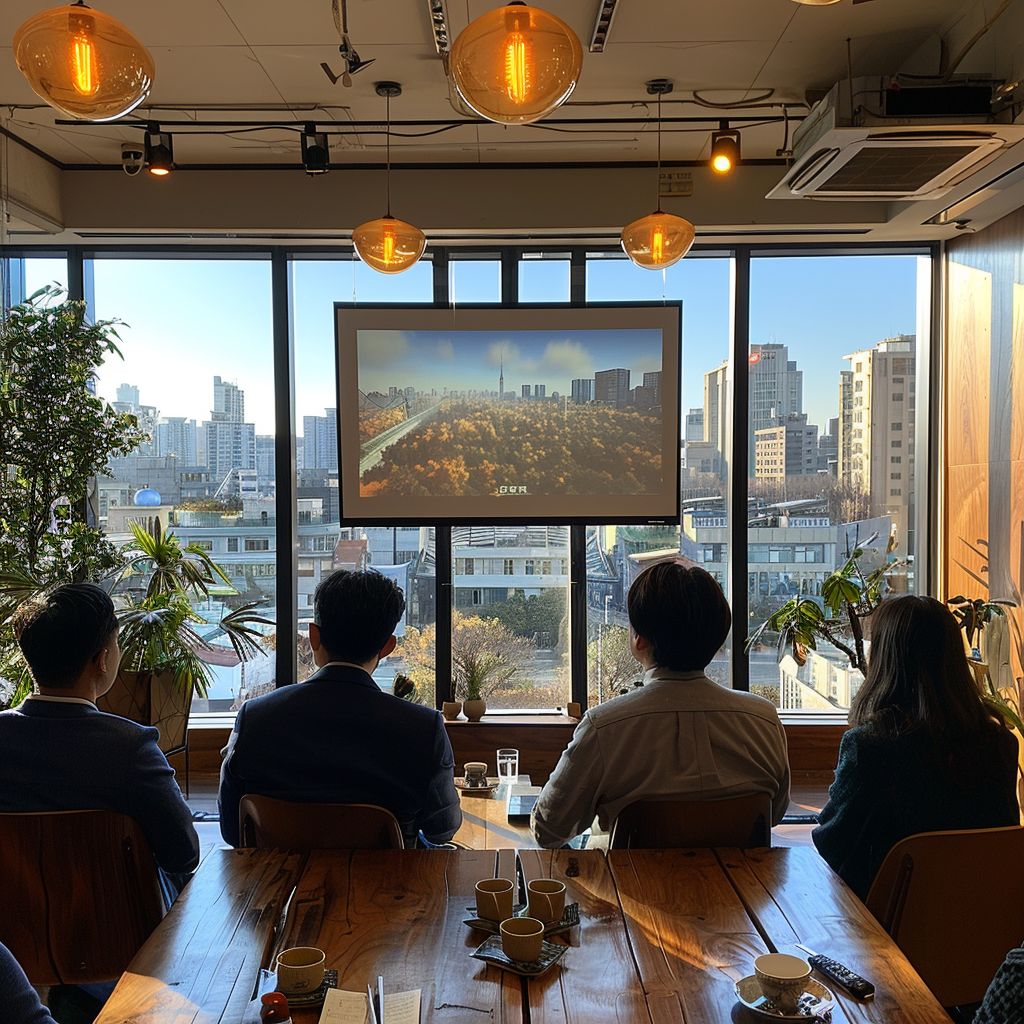
缓冲区规划
Buffer zone planning
缓冲区位于核心区外围,起到缓冲和过渡的作用。在缓冲区内,可允许开展一些非破坏性的科学研究和监测活动,如生态定位研究、物种动态监测等。同时,严格限制旅游活动,只允许开展少量的生态教育和科普活动,且需遵循严格的管理规定,控制游客数量和活动范围。例如,在长白山自然保护区的缓冲区,设置了生态科普步道,游客在专业导游的带领下,沿着固定路线参观,了解保护区的生态知识,既满足了公众的生态教育需求,又避免了对生态环境的破坏。此外,缓冲区还可作为核心区与实验区之间的生态屏障,减少人类活动对核心区的干扰。
The buffer zone is located on the periphery of the core area and serves as a buffer and transition. Non destructive scientific research and monitoring activities, such as ecological positioning studies and species dynamics monitoring, may be allowed to be carried out within the buffer zone. At the same time, tourism activities are strictly restricted, with only a small number of ecological education and science popularization activities allowed, and strict management regulations must be followed to control the number of tourists and the scope of activities. For example, in the buffer zone of Changbai Mountain Nature Reserve, an ecological science popularization trail has been set up. Tourists can visit along a fixed route under the guidance of professional guides to learn about the ecological knowledge of the reserve. This not only meets the public's ecological education needs, but also avoids damage to the ecological environment. In addition, the buffer zone can also serve as an ecological barrier between the core area and the experimental area, reducing the interference of human activities on the core area.
实验区规划
Experimental area planning
实验区是自然保护区内开展适度开发和利用活动的区域。在实验区内,可合理发展生态旅游、生态农业、林下经济等产业,实现生态保护与经济发展的有机结合。例如,在浙江的一些自然保护区实验区,发展生态茶园和竹林经济,既增加了当地居民的收入,又促进了生态保护。同时,实验区也是开展生态修复和生态建设的重要区域,可通过植树造林、退耕还林、湿地恢复等措施,改善保护区的生态环境。此外,实验区还可作为科研成果转化和推广的基地,将在保护区内开展的科研项目成果应用于实际生产中,实现生态效益和经济效益的双赢。
The experimental area is an area within the nature reserve where moderate development and utilization activities are carried out. In the experimental area, industries such as ecotourism, ecological agriculture, and agroforestry can be reasonably developed to achieve an organic combination of ecological protection and economic development. For example, in some experimental areas of nature reserves in Zhejiang, the development of ecological tea gardens and bamboo forest economy has not only increased the income of local residents but also promoted ecological protection. At the same time, the experimental area is also an important area for ecological restoration and construction, which can improve the ecological environment of the protected area through measures such as afforestation, returning farmland to forests, and wetland restoration. In addition, the experimental area can also serve as a base for the transformation and promotion of scientific research achievements, applying the results of scientific research projects carried out in the protected area to practical production, achieving a win-win situation of ecological and economic benefits.
本文由林业资产价格评估友情奉献.更多有关的知识请点击:http://www.jyslpg.com我们将会对您提出的疑问进行详细的解答,欢迎您登录网站留言.
This article is dedicated to friendship For more information, please click: We will provide detailed answers to your questions. You are welcome to log in to our website and leave a message



